 Abraham Lincoln
If given the truth, the people can be depended upon to meet any national crisis...
Abraham Lincoln
If given the truth, the people can be depended upon to meet any national crisis...
 Guildford news...
for Guildford people, brought to you by Guildford reporters - Guildford's own news service
Guildford news...
for Guildford people, brought to you by Guildford reporters - Guildford's own news service
Birdwatcher’s Diary No.288
Published on: 17 Sep, 2023
Updated on: 16 Sep, 2023
By Malcolm Fincham
A warm and dry settled spell had imposed itself upon us during the first weeks of September, and for a while temperatures hovered around 30c.
A visit to Pewley Down in the company of Dougal on September 2 continued to see quite a variety of butterflies still on the wing, counting 12 species as we traversed the hillside.
Small heath butterflies were becoming the most prominent sightings.
While chalkhill blues had all but a few come to the end of their reign on the downland, with very few not looking rather ‘shabby’.
A few male adonis blue butterflies, as mentioned in my previous report, could still be found on the south-facing lower slopes.
And we even found a rather late small blue butterfly still on the wing.
Also finding a triple-bar moth.
The most rewarding sightings of our visit that day was a count of six brown hairstreak butterflies. This the most I can recall seeing on a single visit there.
They were all females, egg laying among the blackthorn bushes that run along the south-facing summit of the hillside.
Although apparently quite common there, we even found a mouse, popularised by the TV cartoon series Tom and Jerry!
Holly blues remained abundant during the first days of the month, but by the second week their numbers had fallen greatly.
My recent fascinations for some of the smaller ‘critters’ have included what has become a recently new word to my vocabulary. Orthoptera. This being of an order of insects that comprises of grasshoppers and crickets.
Although some of my identifications in the past may have been a bit ‘dodgy’ (although I must thank Harry Eve who kindly helps with the correct identifications), on another recent outing to Pewley Down on September 7, I discovered what looked to be a species of conehead cricket.
Having wondered a while if it might be a short or long-winged, I took a few pictures and sent them to another recently found friend, Ross. And on checking out the photos, his suspicions were confirmed. “A large conehead, and an excellent find!”, was his reply.
Following up with. “There appears to be no earlier records on the NBN Gateway (National Biodiversity Network) of large coneheads in Surrey, but it is acknowledged that not all records get lodged there. This ‘might’ be a first for Surrey!”
Recent warm summers have indeed brought an increase of unusual ‘critters’ to southern regions of the UK. Even finding a rufous grasshopper while on the same area of hillside.
These being a medium sized, brown, short-horned grasshopper with clubbed antennae tipped with white or pale colouring, that now has a stronghold on the North Downs.
At Lydling Farm, Shackleford, on September 4, I was able to add another two wheatears to the previous sightings that I had seen there.
Continued sunshine was creating warm air currents and several birds of prey could be seen circling in the thermals. This including the often and perplexing sight of a common buzzard, mobbed by corvids.
At Tice’s Meadow, near Fanrham, I was able to tick-off another sighting to my year-list. Although quite distant, three whinchats on their return migration could be viewed loosely associating with several resident stonechats, among the common sorrel across the meadow.
It was peak season for what has become, in recent years, a growing number of dragonflies seen there. These including common darters.
And a good number of migrant hawkers.
They were now attracting several hobbies to hawk over the water, catching these primitive looking flying insects on the wing.
“Energy flows where attention goes” as the saying goes! And as in several recent reports, a good deal of my time was spent on Whitmoor Common, Worplesdon, where the heathland slowly began to give up and reveal to me a few of its secrets.
Close to the car park a kestrel could be viewed, perched up in a nearby tall silver birch.
A family group of coal tits could be heard contact calling within one of several medium sized pines that sparsely grow around the open heathland. Already sustaining their diets on the seeds of open pine cones.
Others could be seen within various tit flocks now accumulating, including long-tailed, great and blue tits.
There was also a surprisingly good number of chiffchaffs among the gatherings, contact calling and playfully appearing to play ‘tag’ with one another as they progressed though the foliage.
A repetitive ‘kek-kek’ call of a great spotted woodpecker could be heard as it flew overhead. On one occasion perching up on one of the utility pylons and allowing a photo opportunity.
While about the woodland edges the ‘yaffling’ sounds of green woodpeckers could be heard.
As the warm sunshine filtered through the trees, speckled wood butterflies could be viewed dancing in the dappled sunlight.
And a fox moth caterpillar ambled across the path.
For a second consecutive year I found a small population of grayling butterflies on the heathland.
Several hornets buzzed about. Although not finding their nest-site, one seemed to take a special interest in a sap-run on a silver birch.
Having viewed one recently while on a walk a few days previous along the River Wey, I also found several more willow emerald damselflies, both on the heathland as well as at Brook Pond, just the other side of the common.
Along the boardwalk that leads to Brook Pond, an adult common lizard could be seen taking in the warm sunshine.
Still inspiring to me, almost to the degree as a novel concept, is to see so many common buzzards so close to home in recent times. And they continue to be a challenge to photograph!
Having had the delight of seeing and writing about my sighting of a nightjar in my previous report, I was surprised to see one still present, not not yet migrated to its winter home in Africa.
And still undisturbed by passers by on the heathland as we entered the second week of the month. As cryptic as they are, I seemed to have now developed an ‘eye’ for nightjars?
By September 13, I finally got my annul sighting there of a hobby as it flew across the heathland.
And added a few photos of a whinchat – at much closer quarters than the ones I had previously seen at Tice’s Meadow.
At Britten’s Pond, for several days, a juvenile cormorant could be seen on one of the islands.
A pair of Egyptian geese could be viewed out on the water.
As on Whitmoor, the contact calls of families of chiffchaffs were prominent.
A blue tit could be seen feeding on now mostly over ripened blackberries.
The ‘seeping’ sounds of treecreepers could also be heard.
In the holly bushes to the rear of the pond, a firecrest could be heard as it flitted about between the surrounding bushes. And eventually getting a photo.
After an absence of a few weeks, a kingfisher made an appearance back at the pond during my visit on September 12.
Recent Articles
- Guildford Institute’s Crowdfunding Project for Accessible Toilet in its New Community and Wellbeing Centre
- Letter: Guildford – Another Opportunity Missed?
- Letter: GBC’s Corporate Strategy – Where Is the Ambition?
- My Memories of John Mayall at a Ground-breaking Gig in Guildford Nearly Six Decades Ago
- Westborough HMO Plans ‘Losing the Heart of the Street’ Says Resident
- College Invests to Boost Surrey’s Economy and Close Digital Skills Gap
- Community Lottery Brings Big Wins for Local Charities
- GBC Housing Plan Promises ‘A Vibrant Urban Neighbourhood’ Near Town Centre
- Hospital Pillows ‘Shortage’ at the Royal Surrey
- Updated: Caravans Set Up Camp at Ash Manor School


Search in Site
Media Gallery
Dragon Interview: Local Artist Leaves Her Mark At One of England’s Most Historic Buildings
January 21, 2023 / No Comment / Read MoreDragon Interview: Lib Dem Planning Chair: ‘Current Policy Doesn’t Work for Local People’
January 19, 2023 / No Comment / Read MoreA3 Tunnel in Guildford ‘Necessary’ for New Homes, Says Guildford’s MP
January 10, 2023 / No Comment / Read More‘Madness’ for London Road Scheme to Go Ahead Against ‘Huge Opposition’, Says SCC Leader
January 6, 2023 / No Comment / Read MoreCouncillor’s Son Starts Campaign for More Consultation on North Street Plan
December 30, 2022 / No Comment / Read MoreCounty Council Climbs Down Over London Road Works – Further ‘Engagement’ Period Announced
December 14, 2022 / No Comment / Read MoreDragon Interview: GBC Reaction to the Government’s Expected Decision to Relax Housing Targets
December 7, 2022 / No Comment / Read MoreHow Can Our Town Centre Businesses Recover? Watch the Shop Front Debate
May 18, 2020 / No Comment / Read More




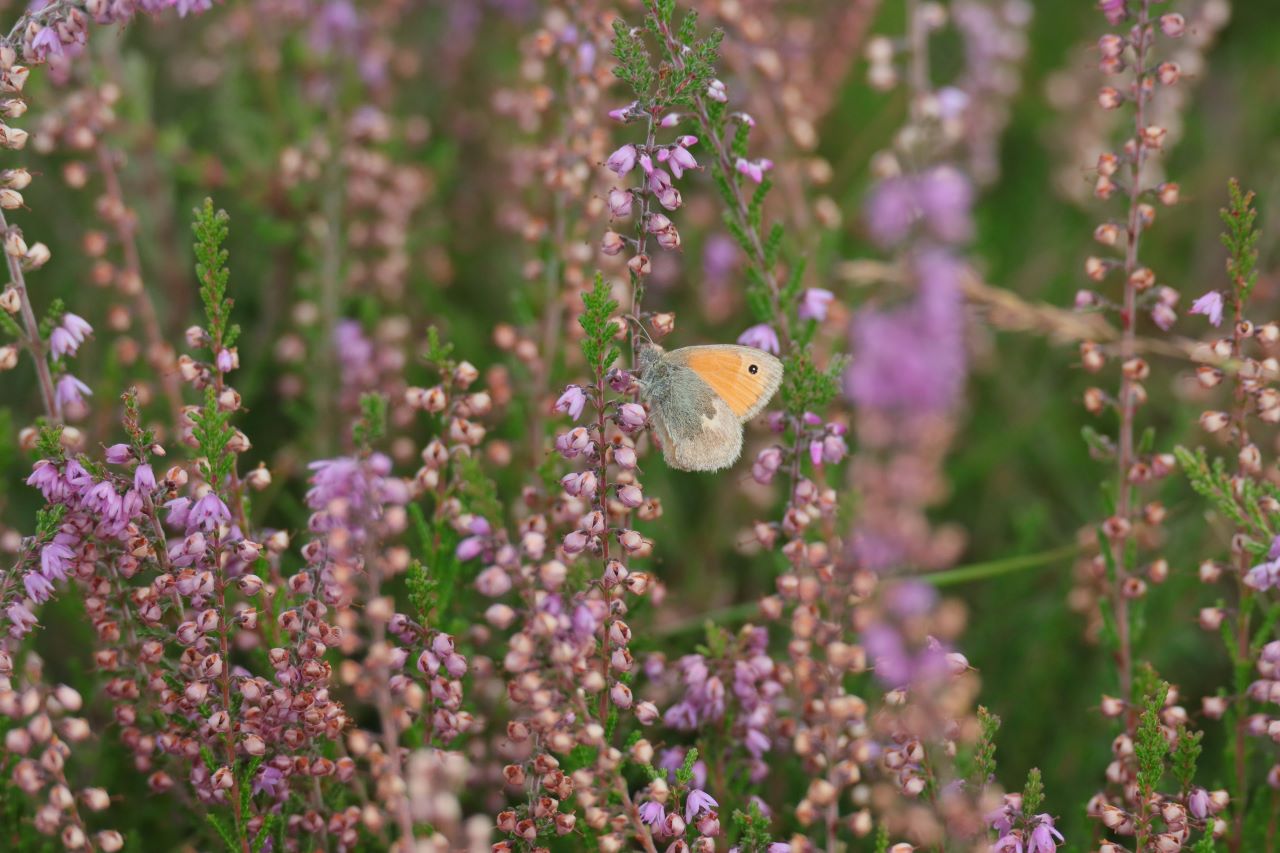

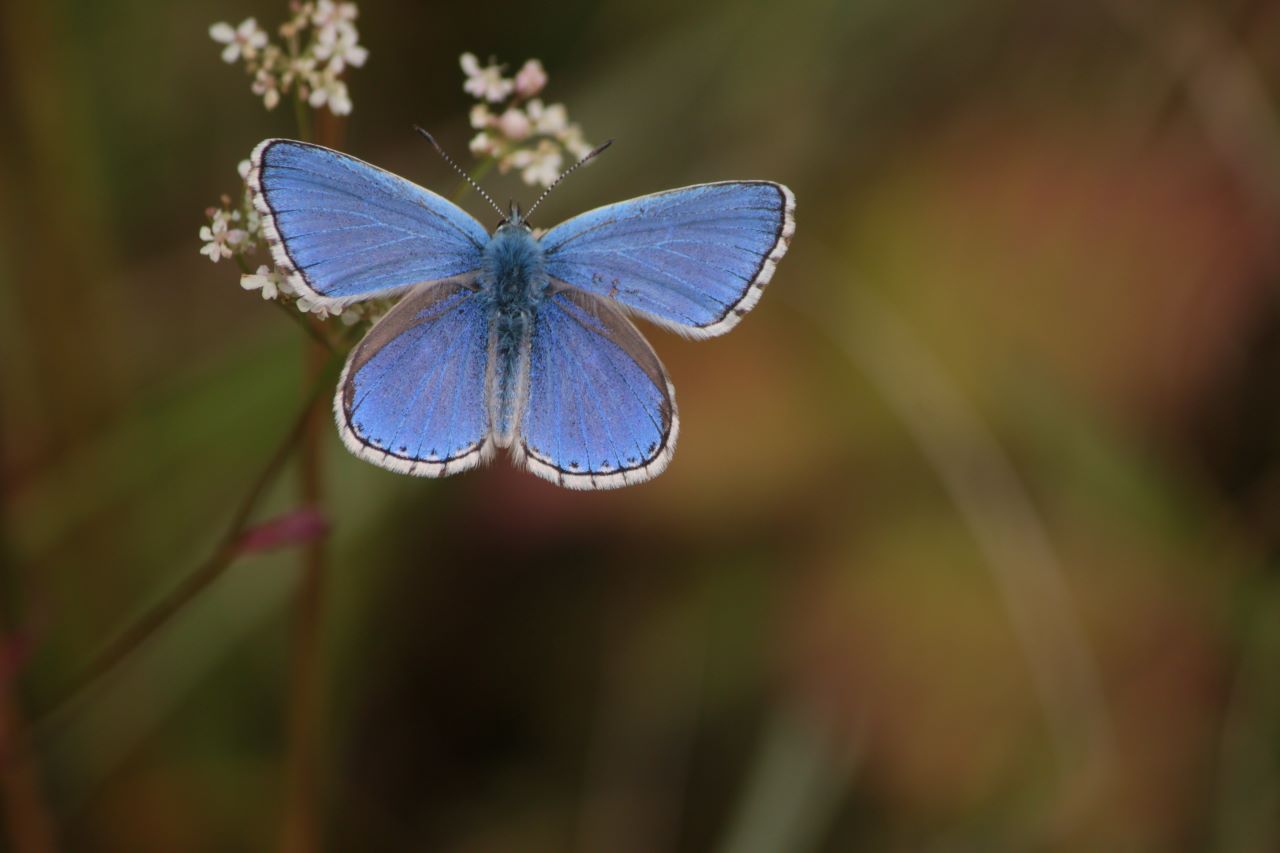
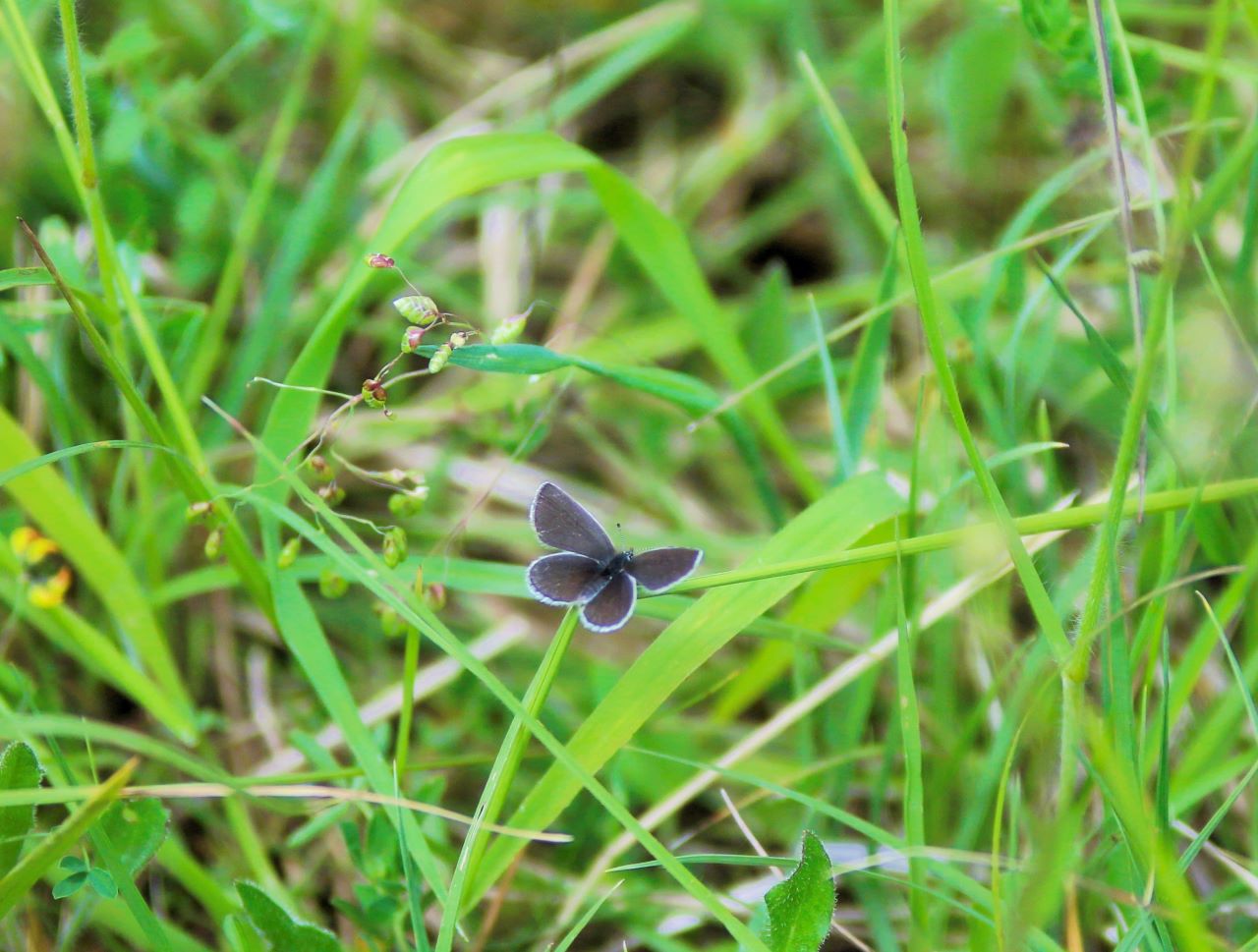
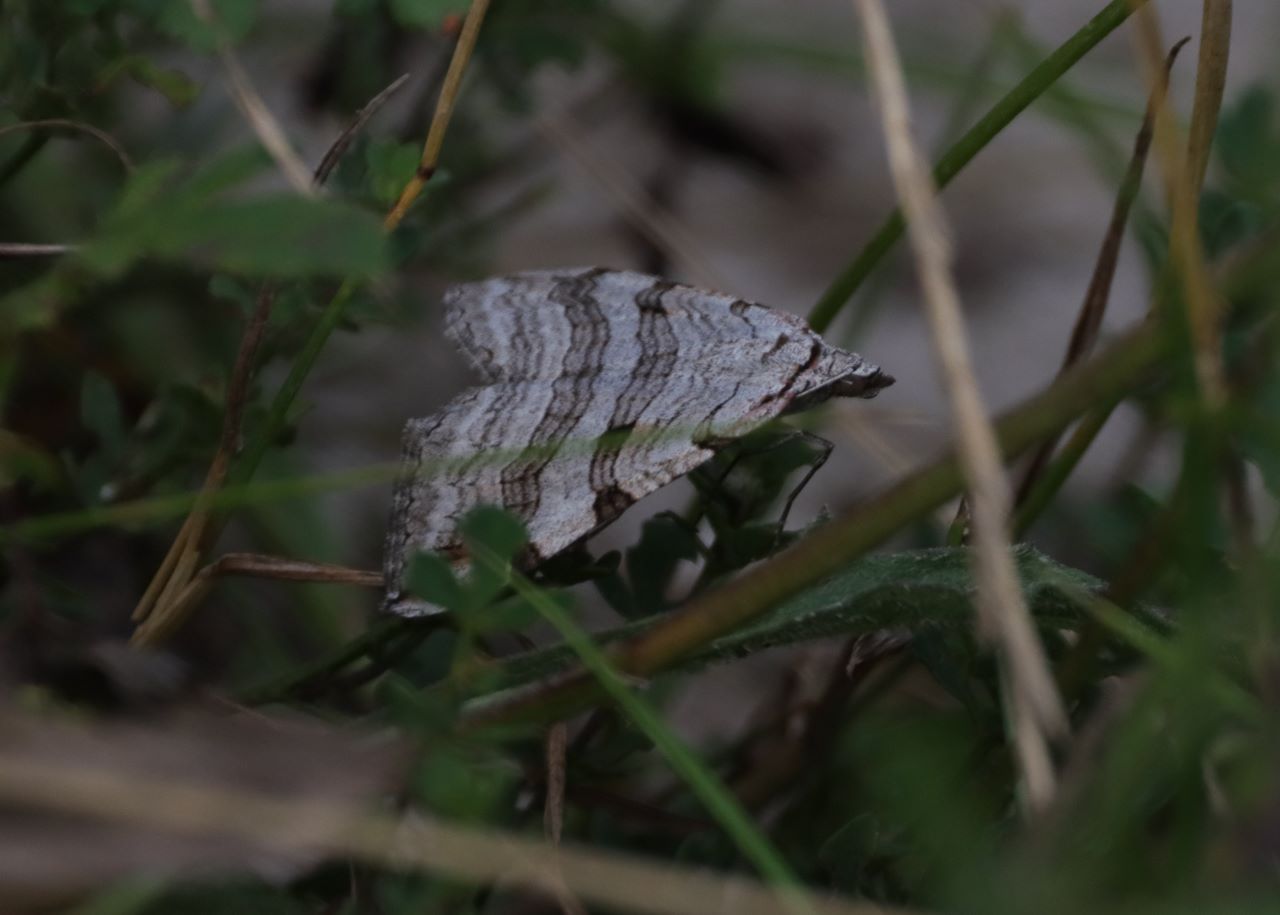
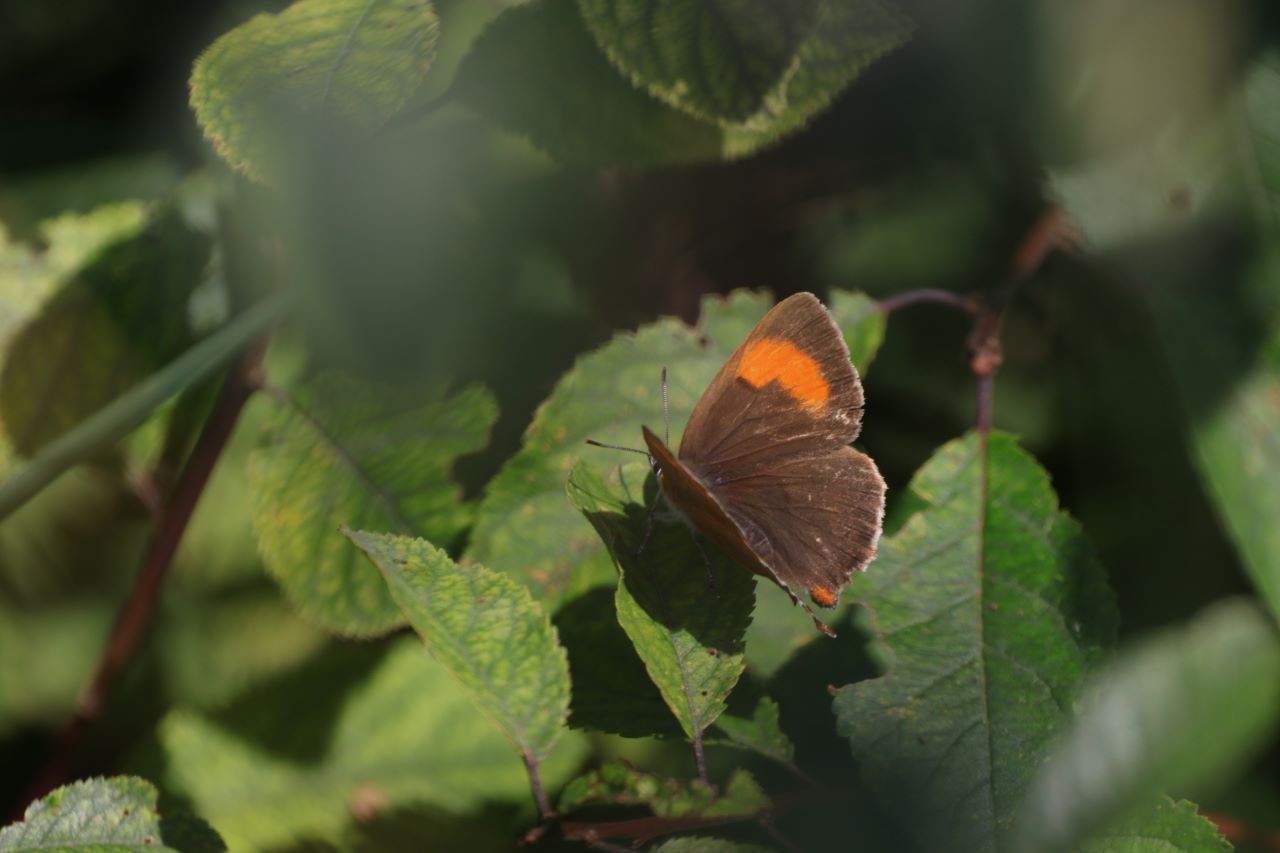
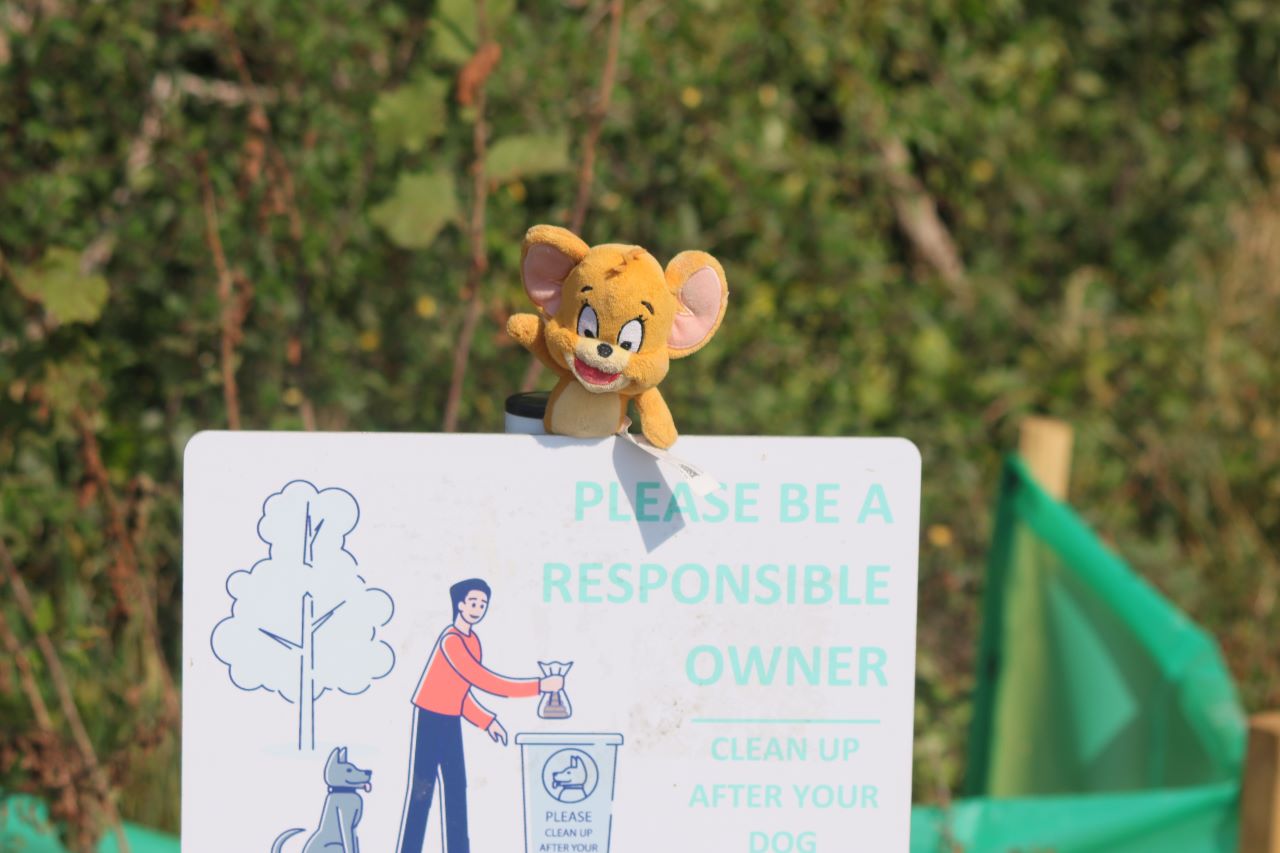
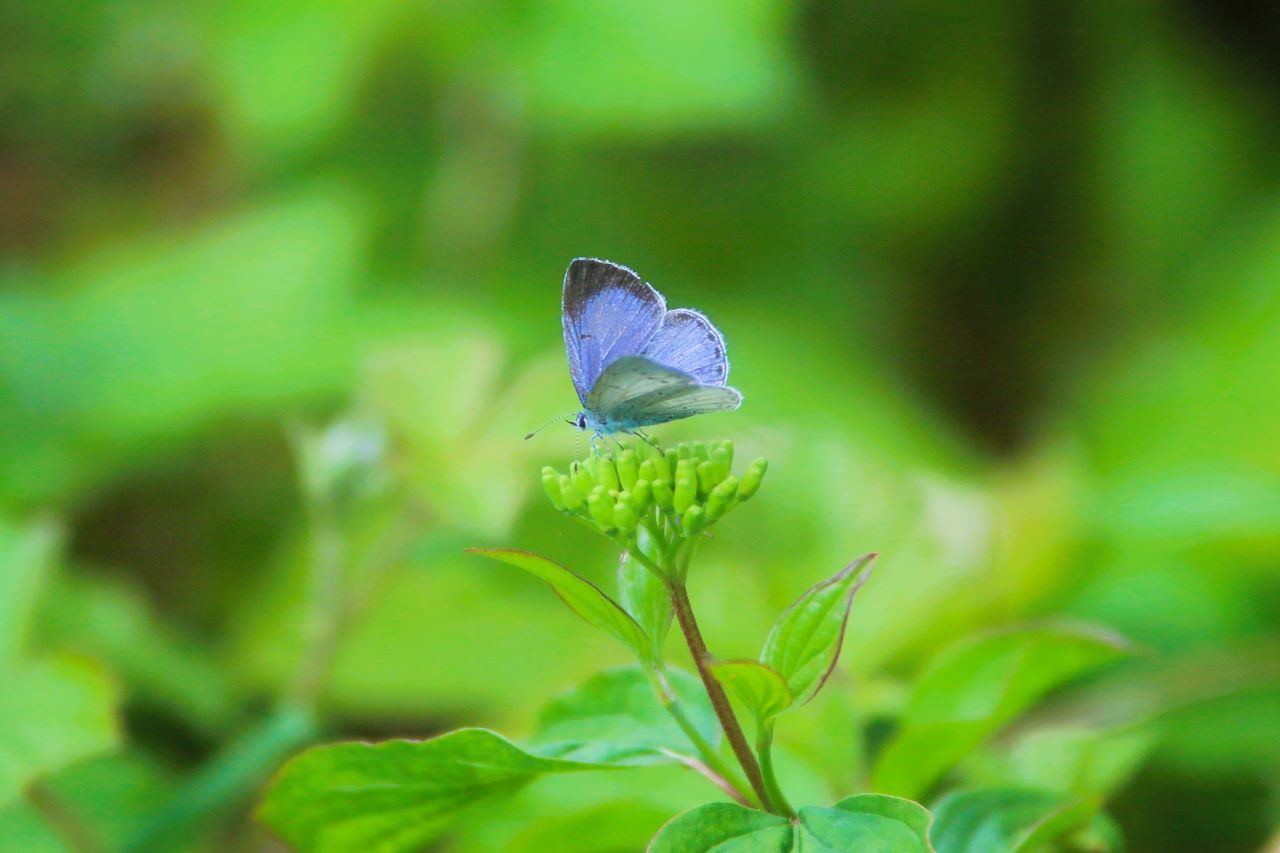
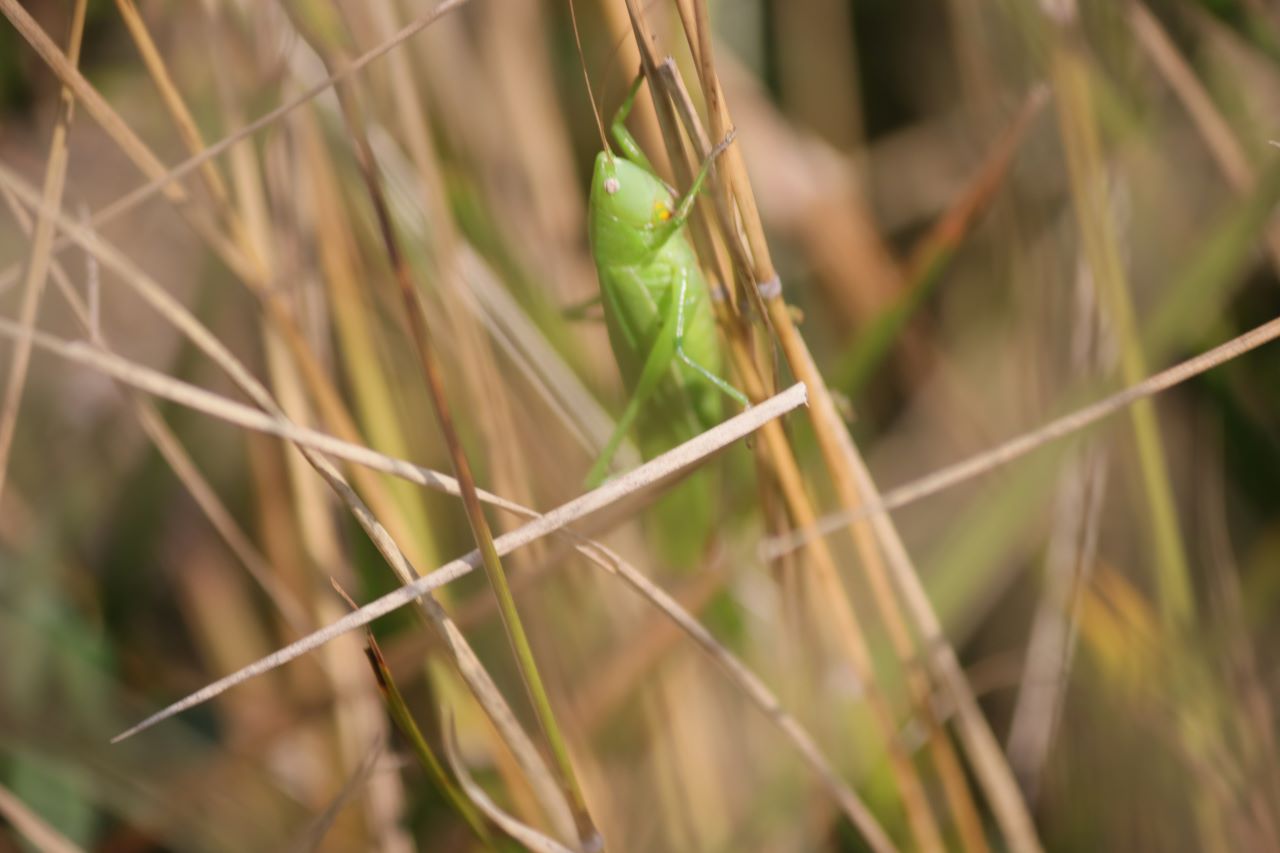
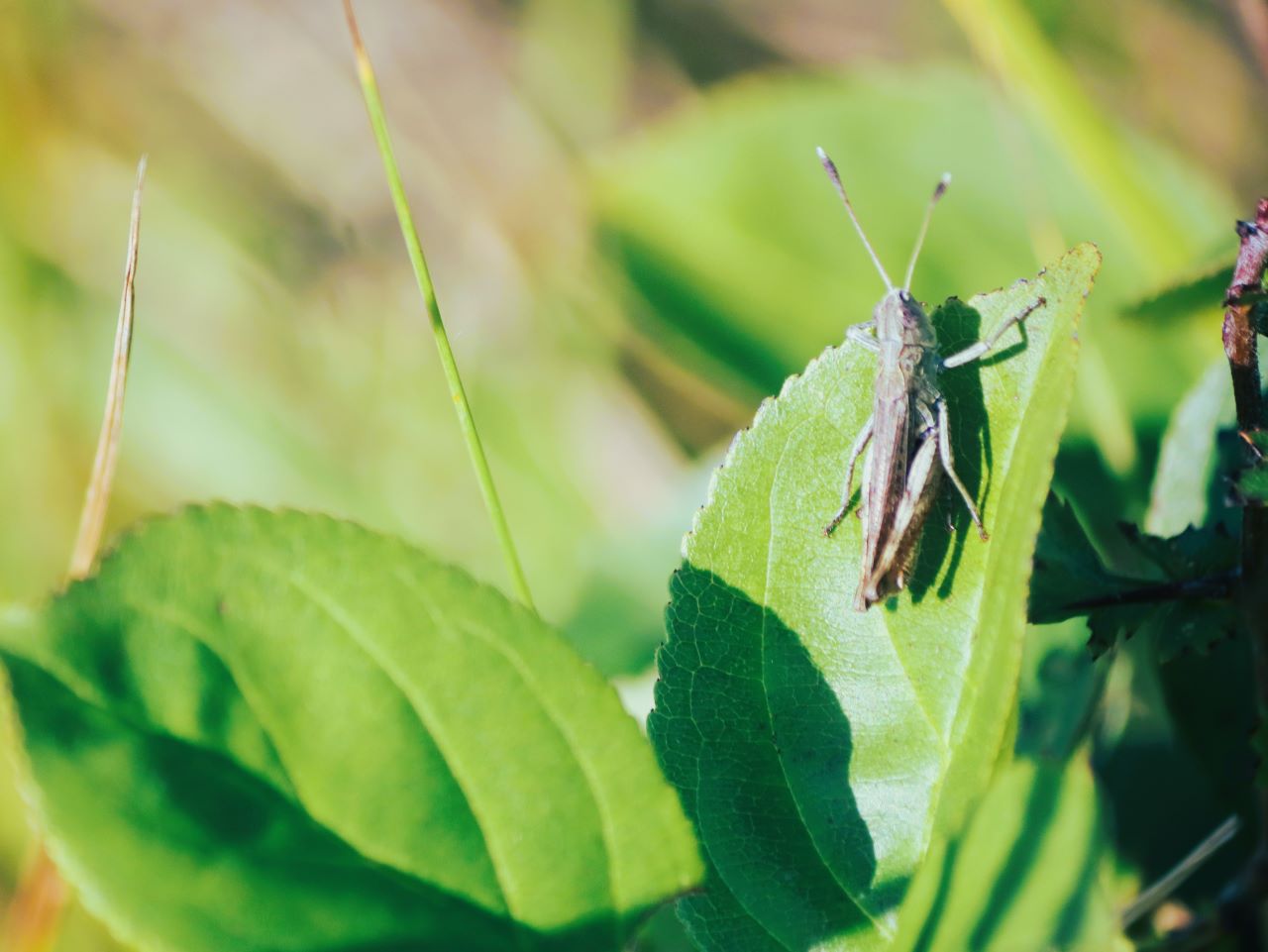
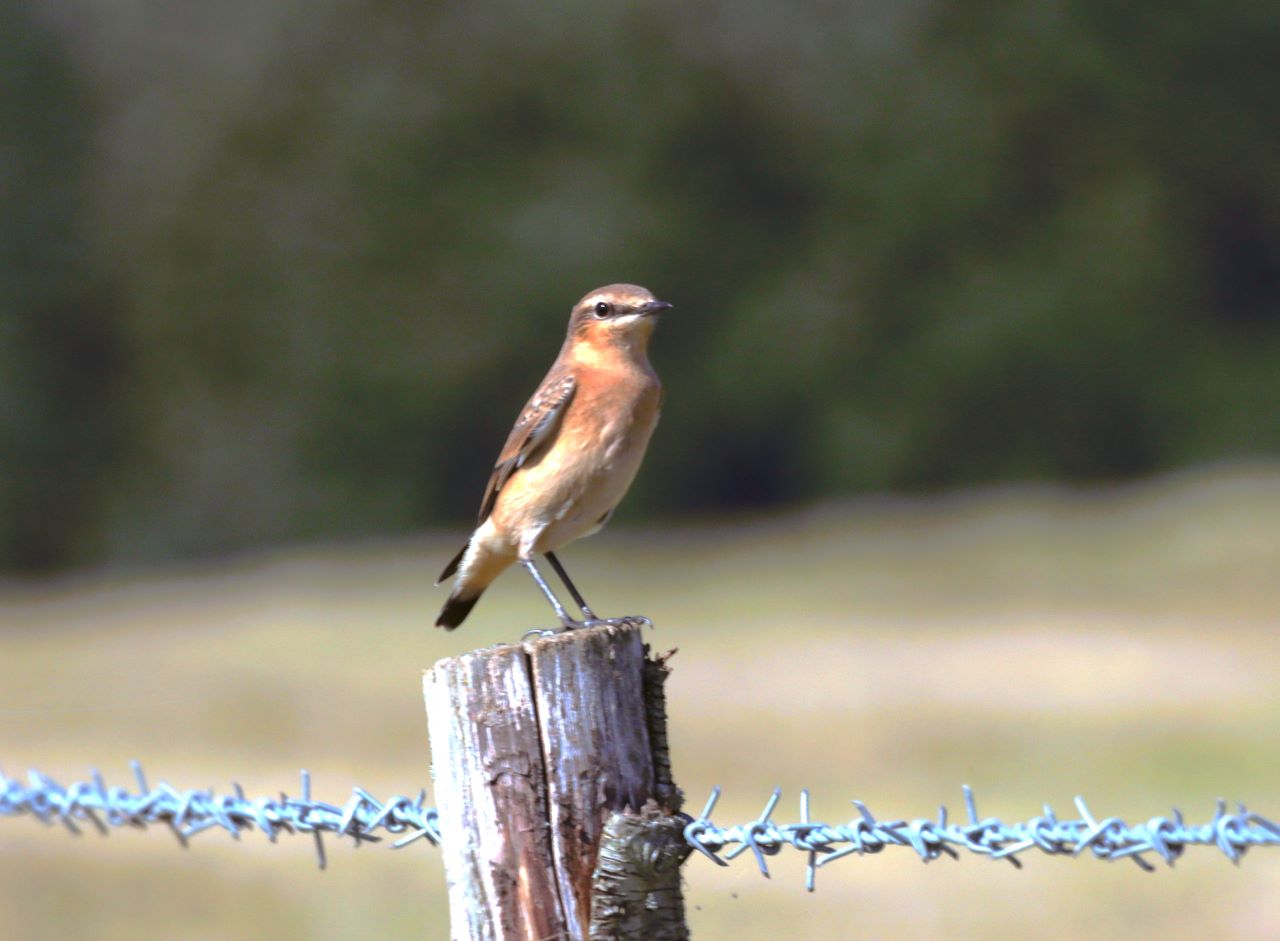


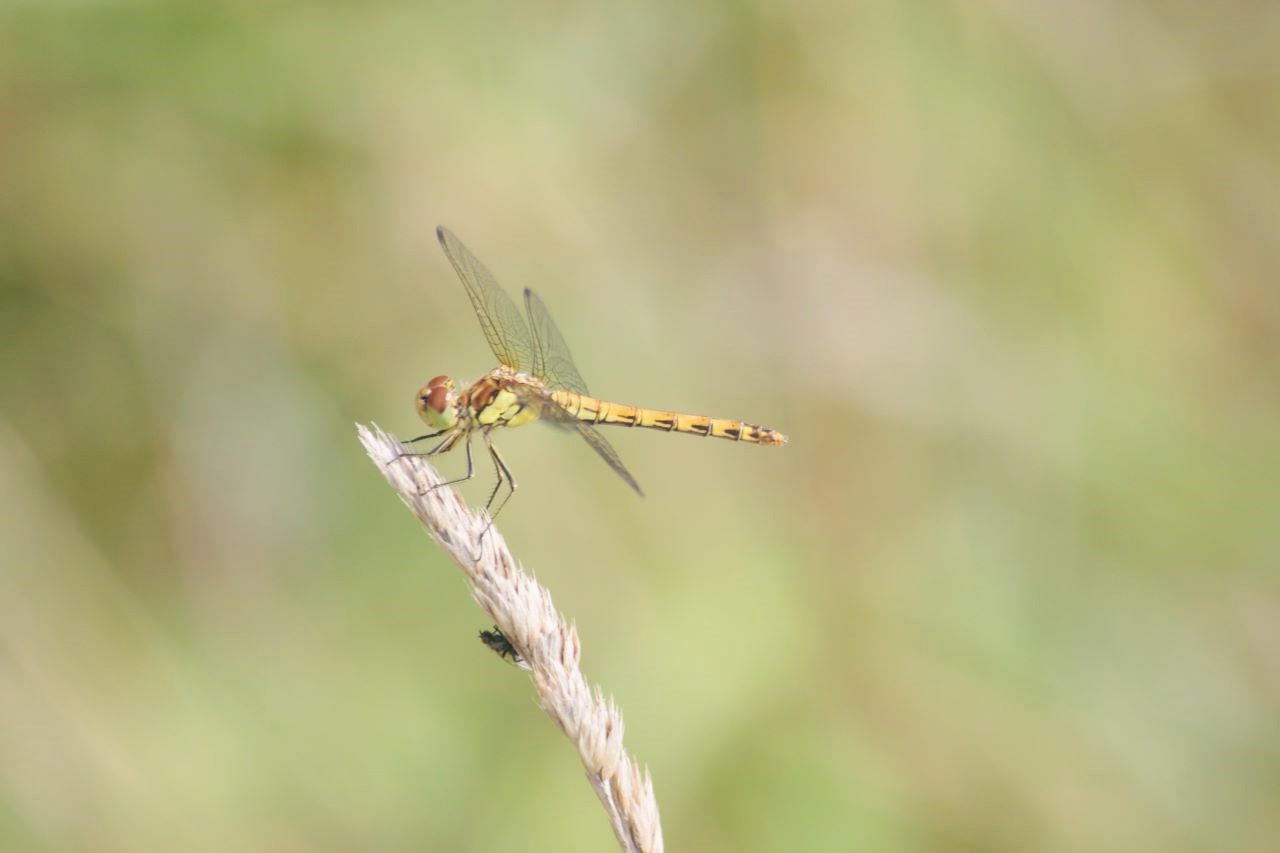

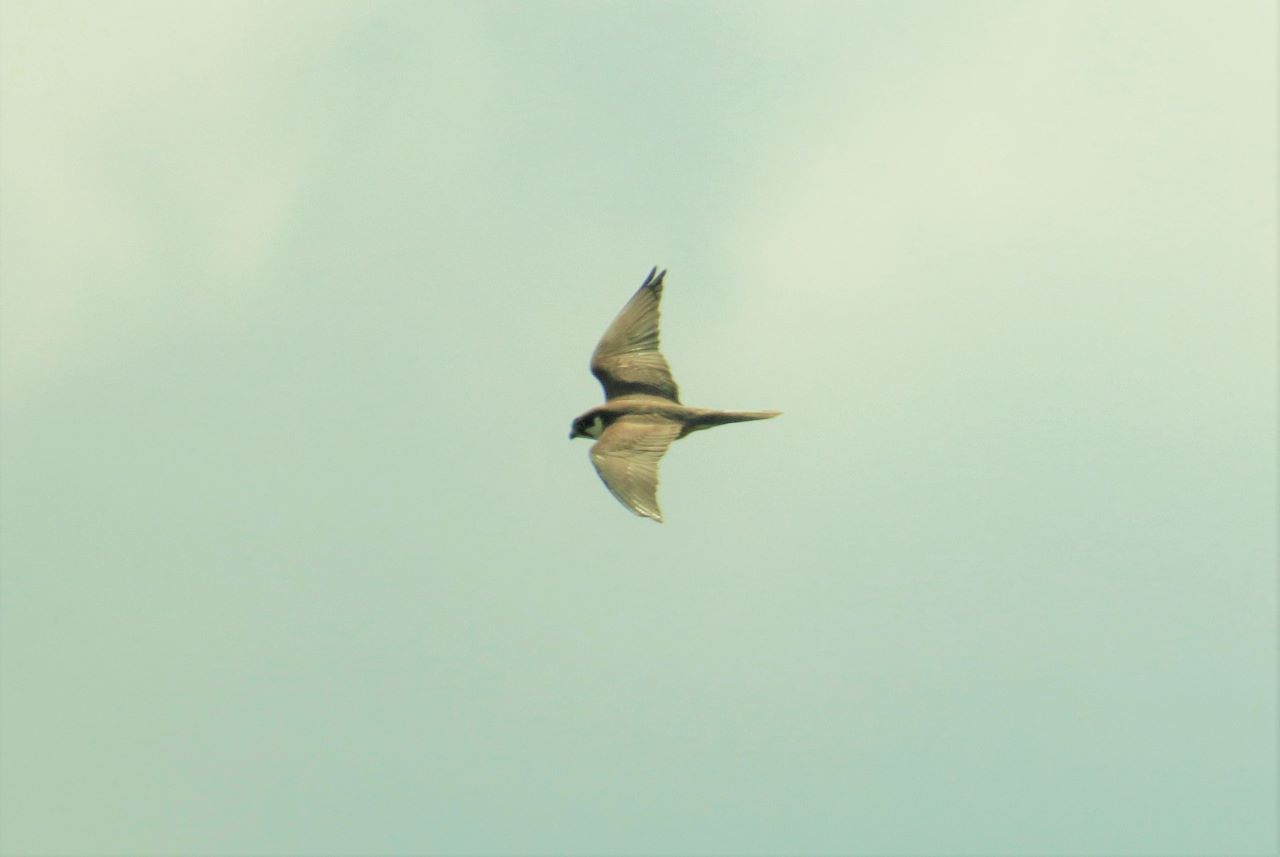
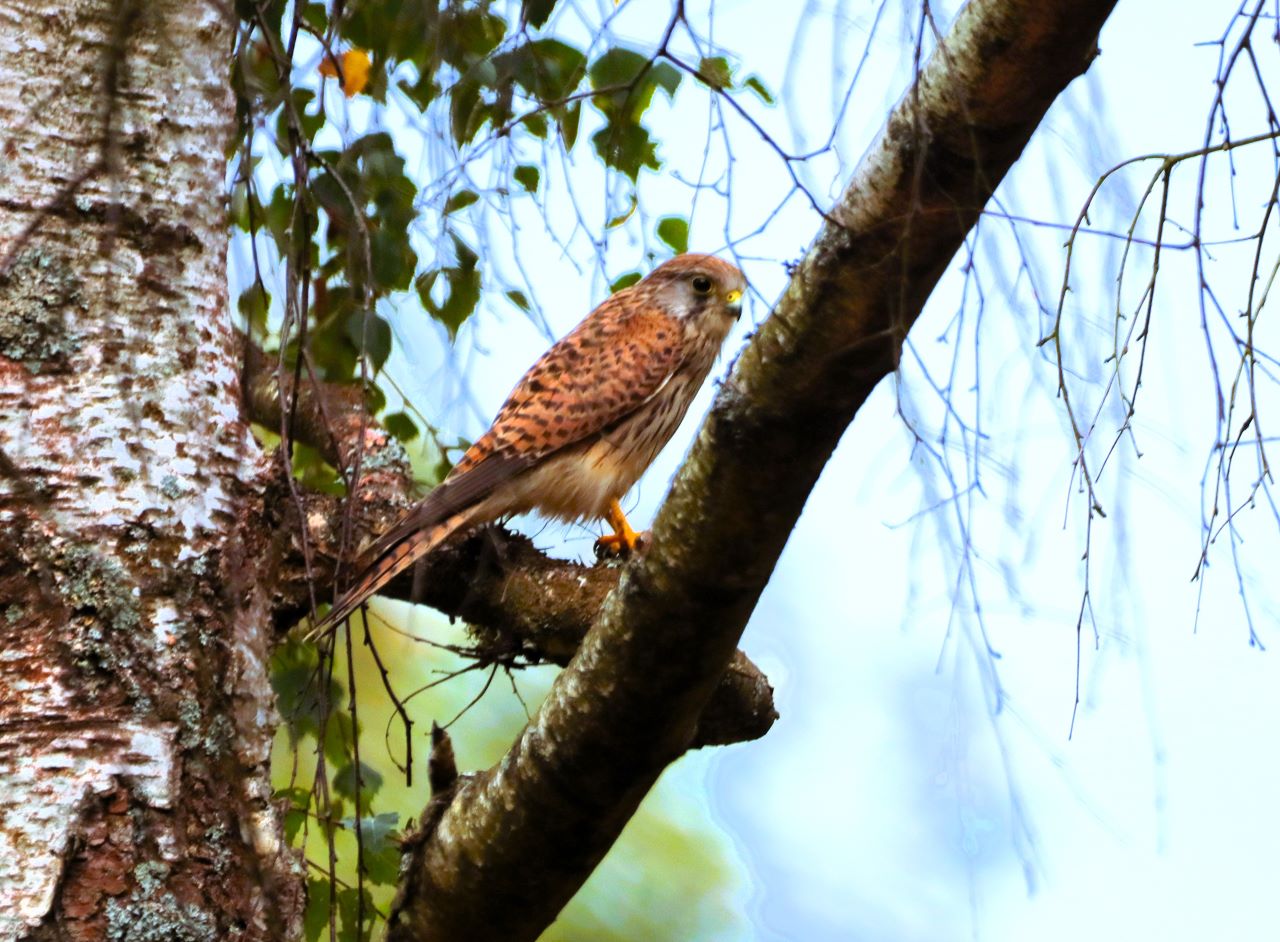

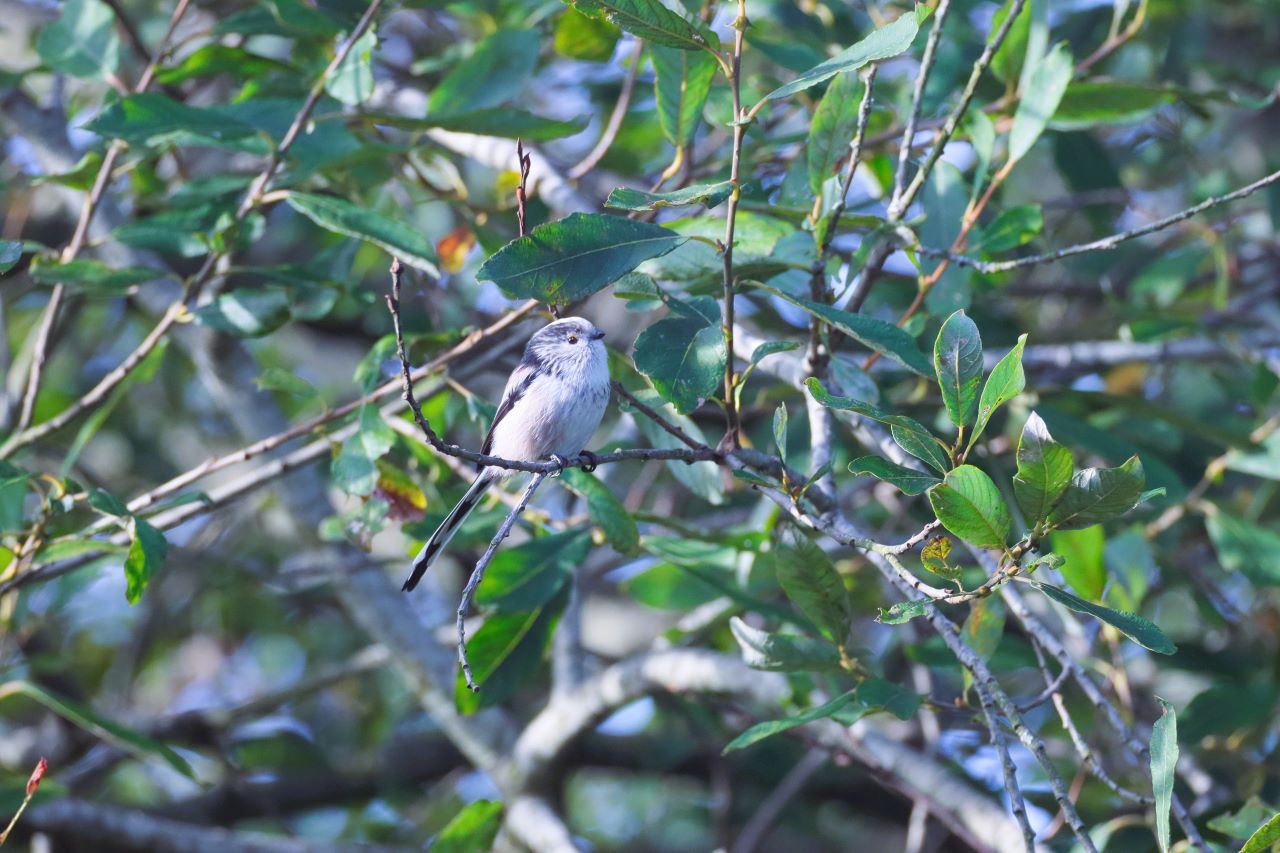
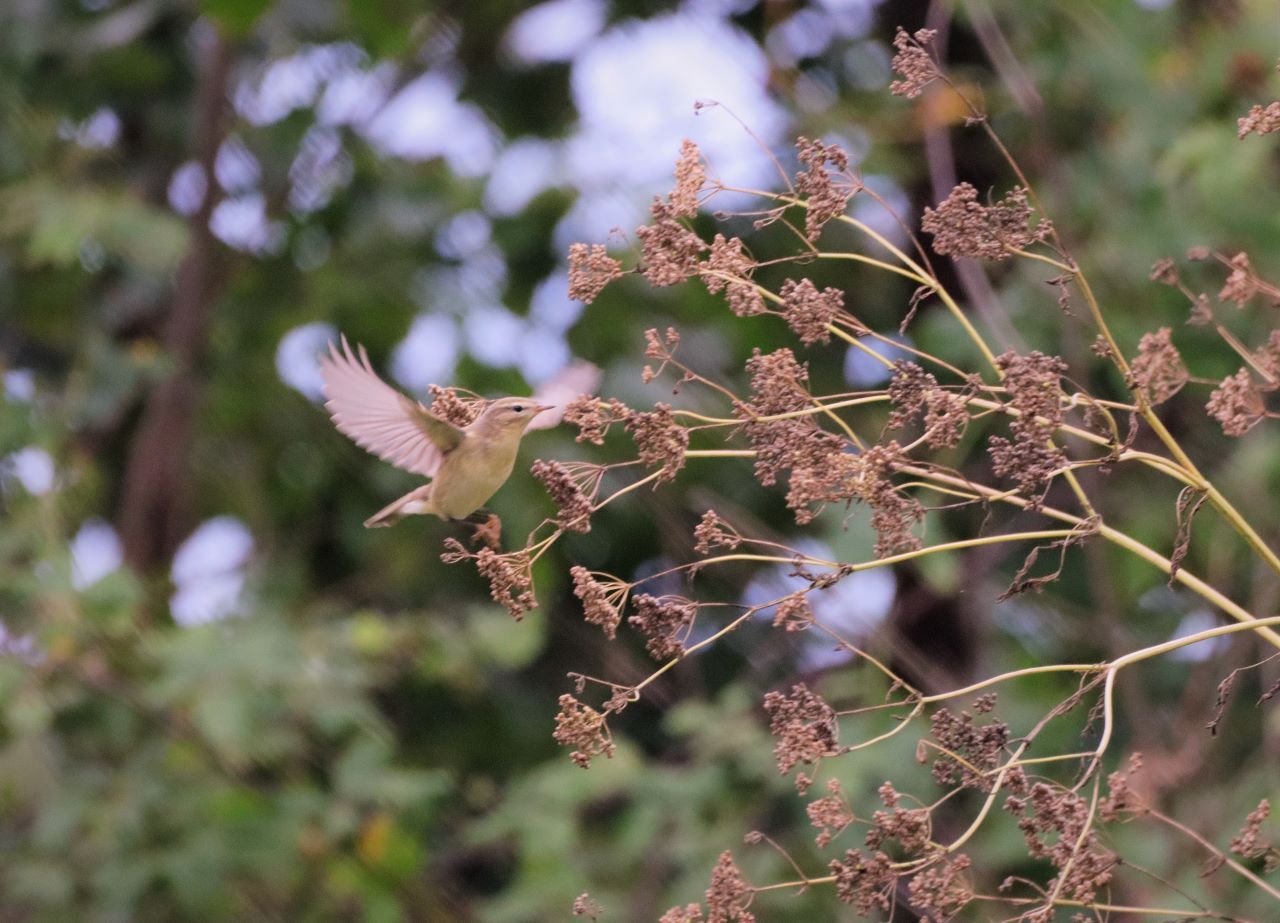
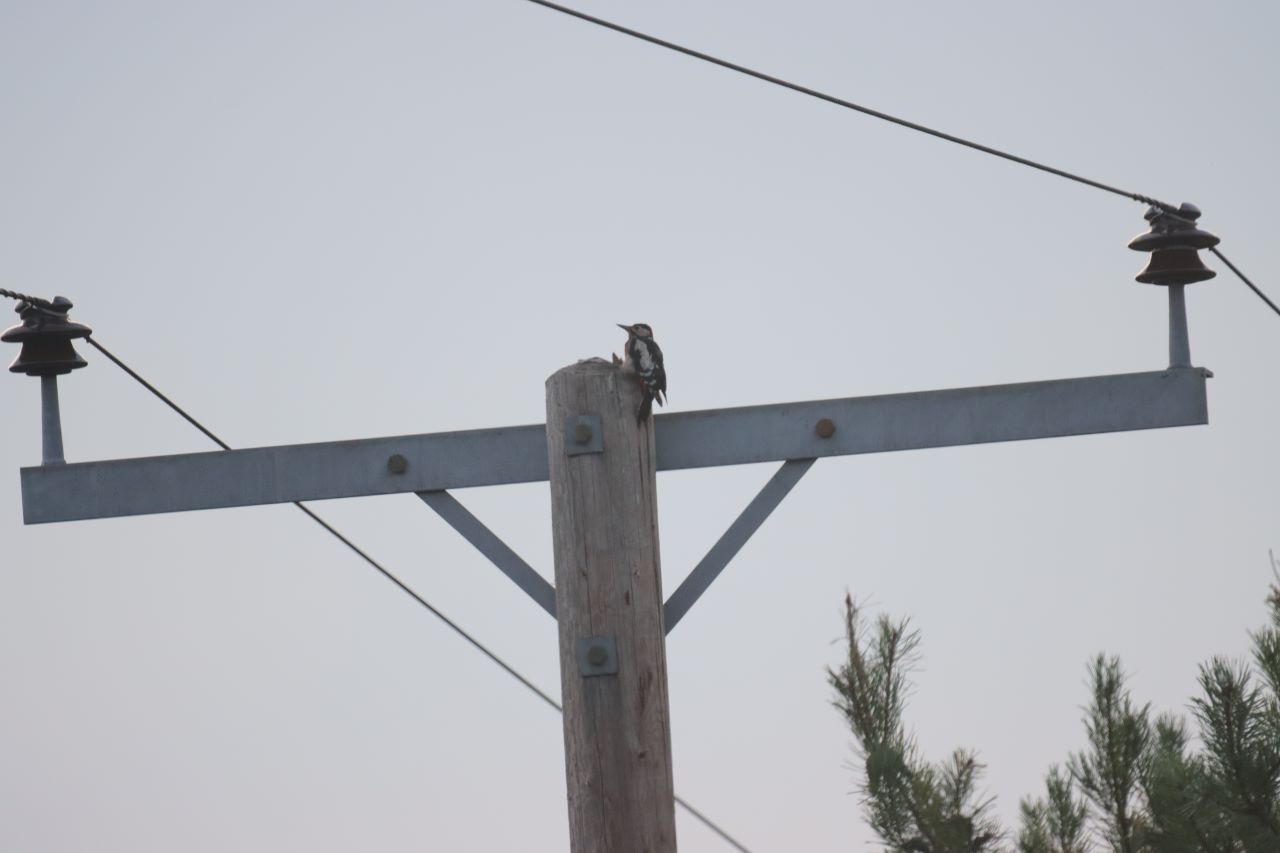
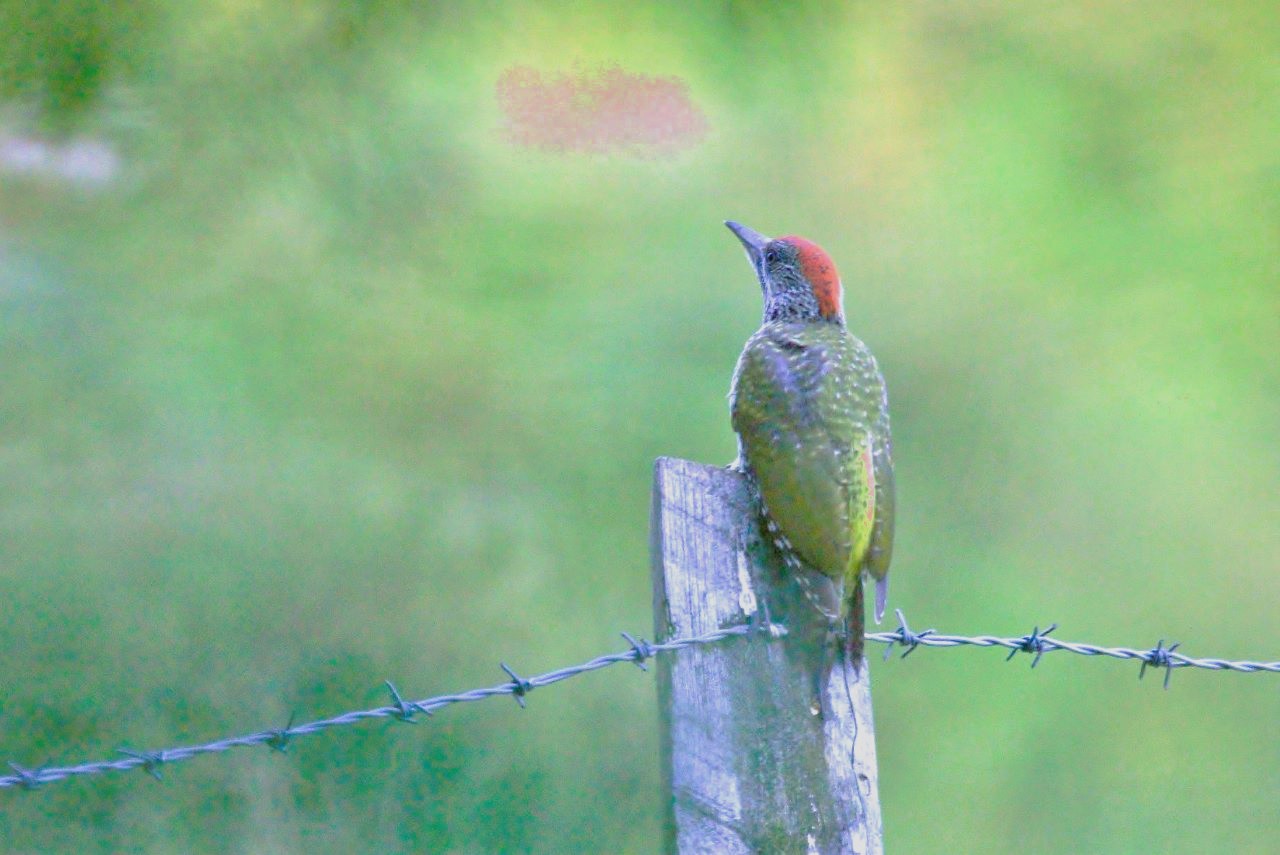

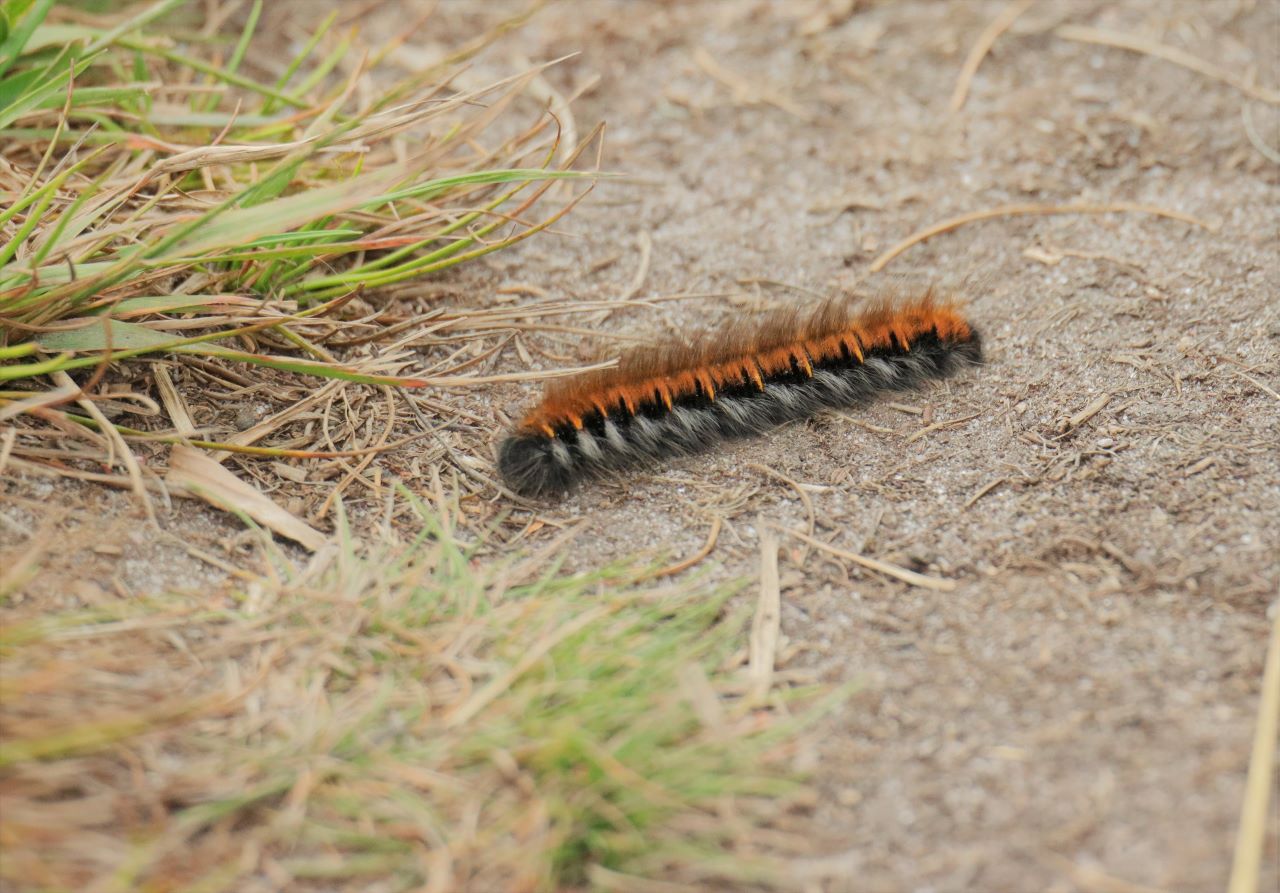

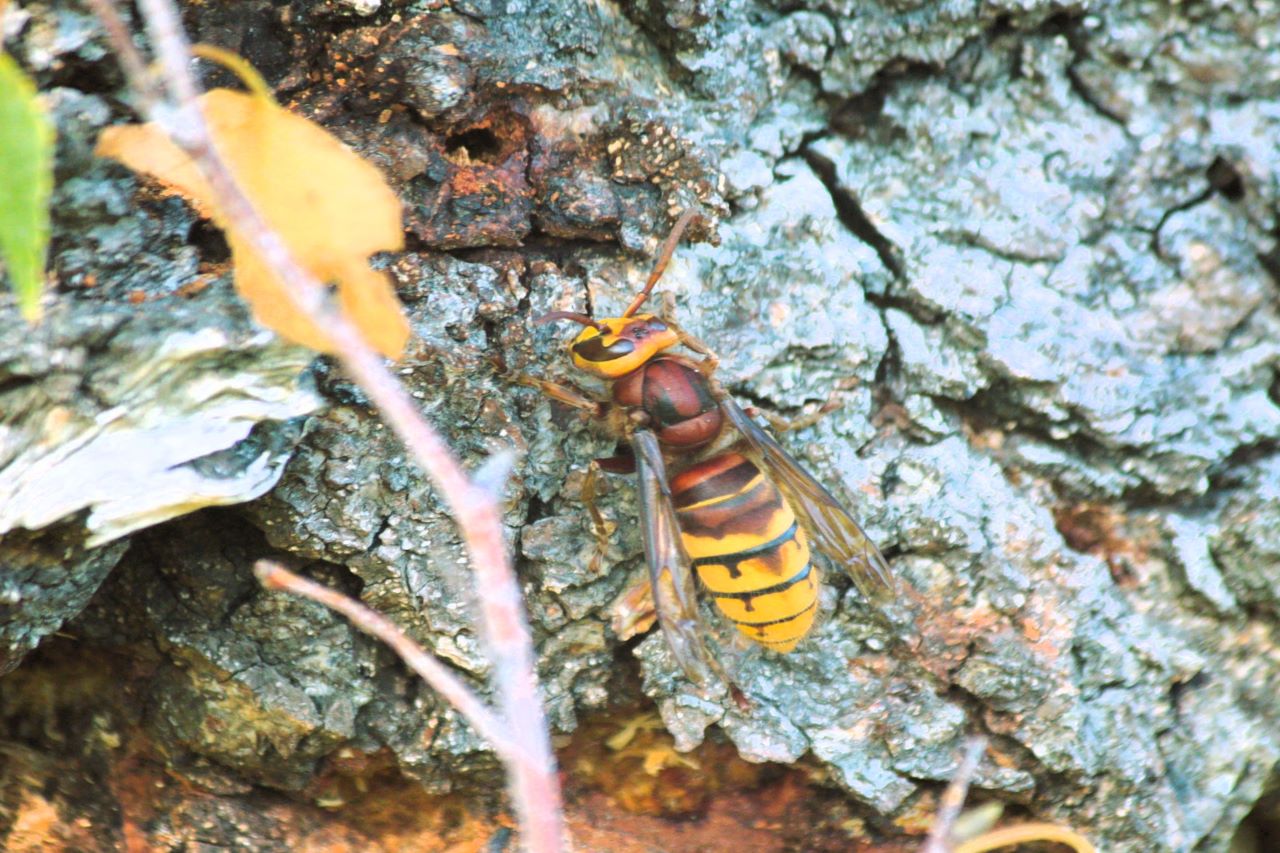


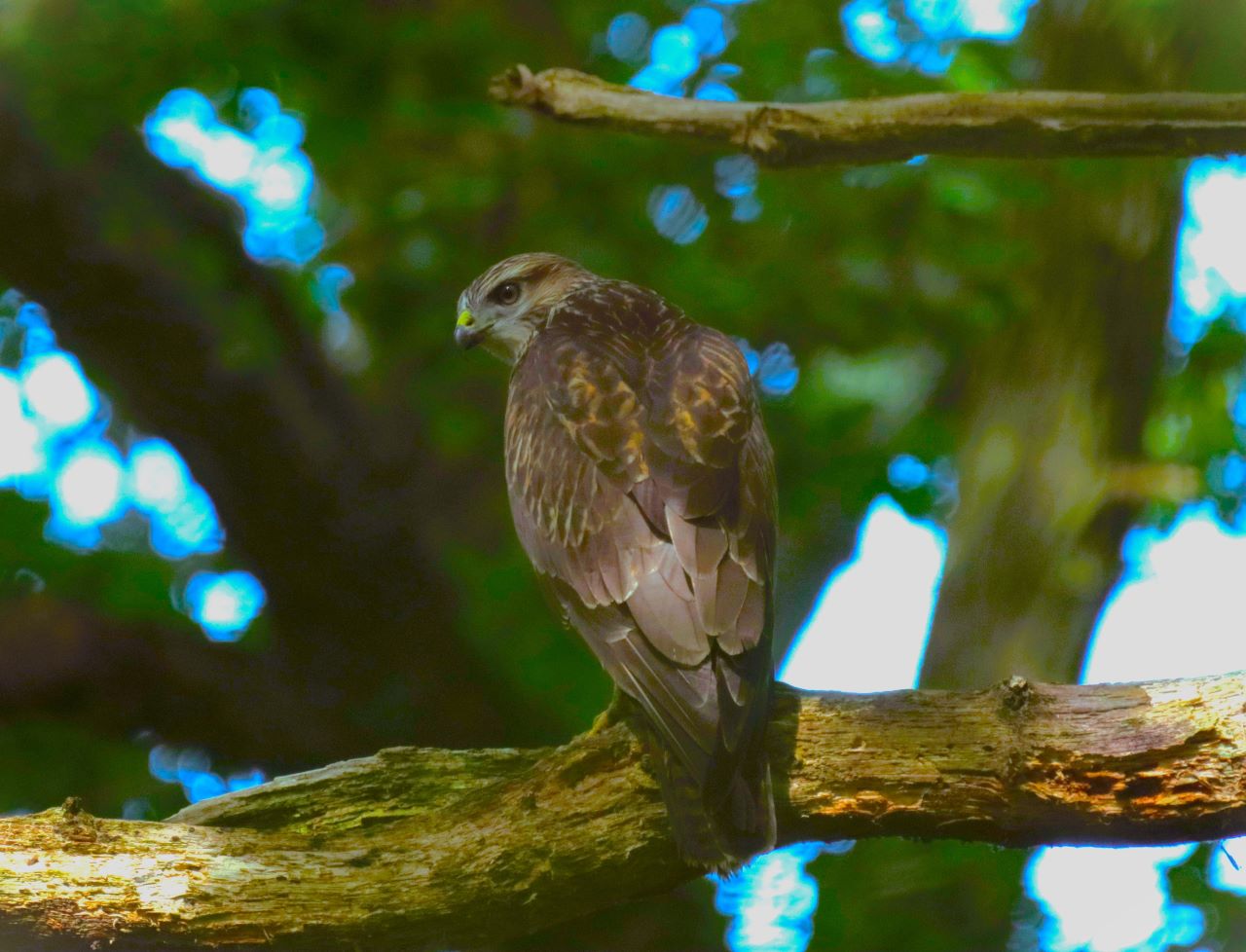
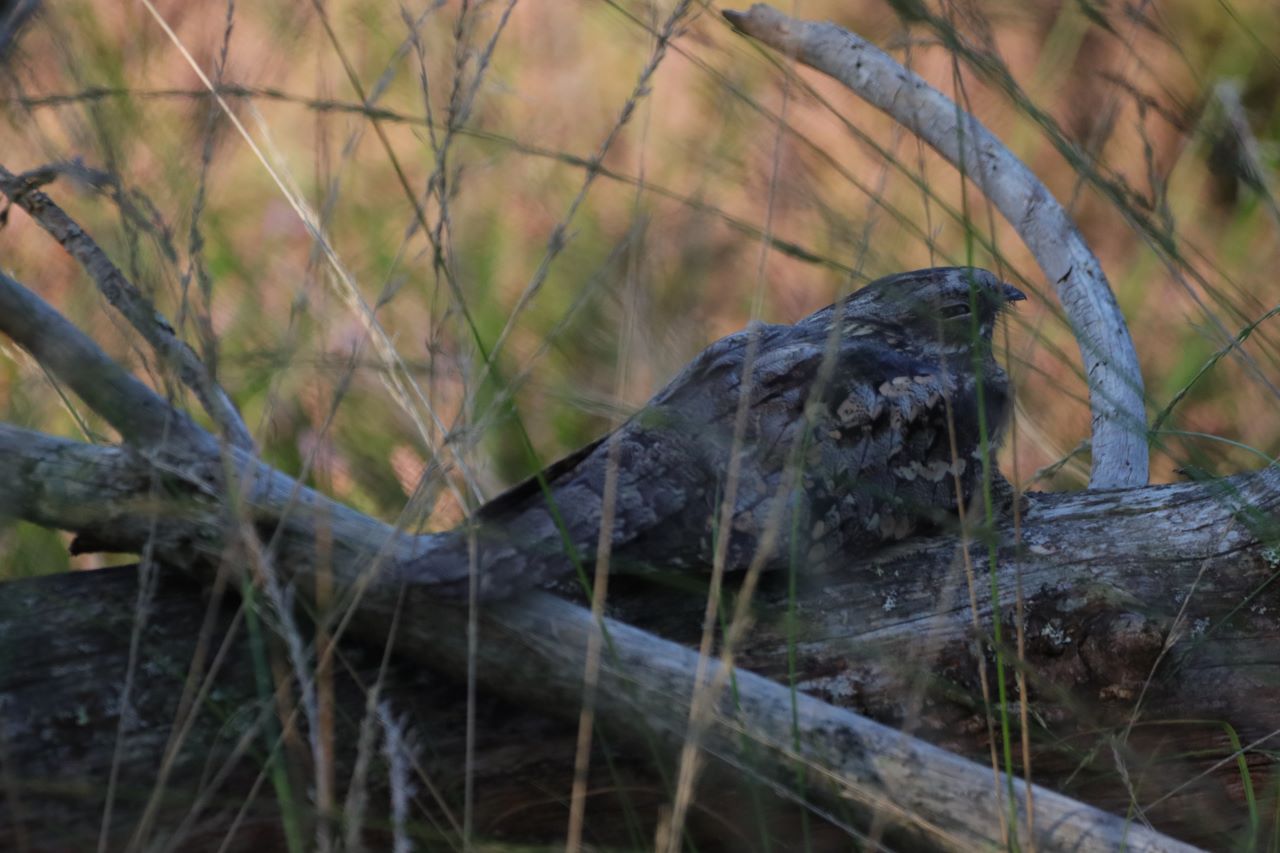
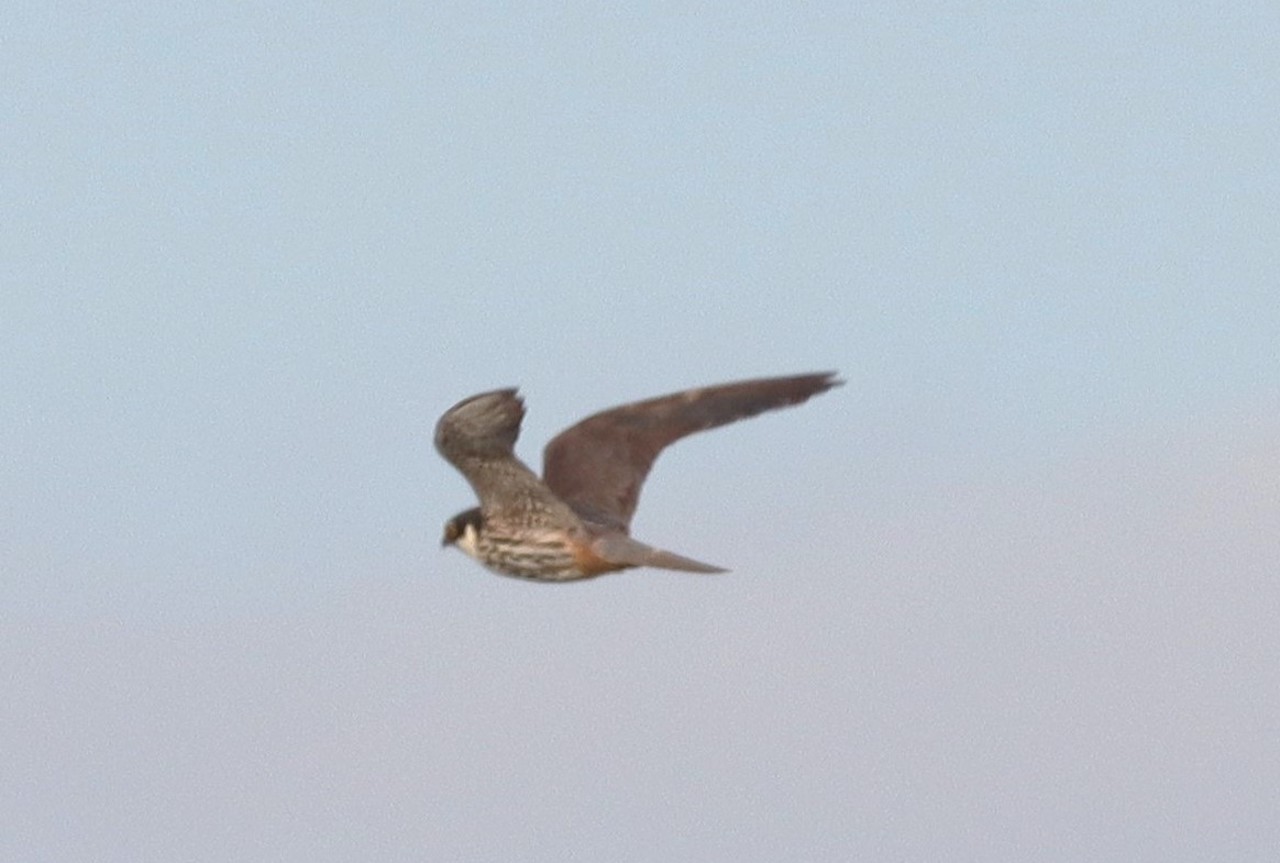
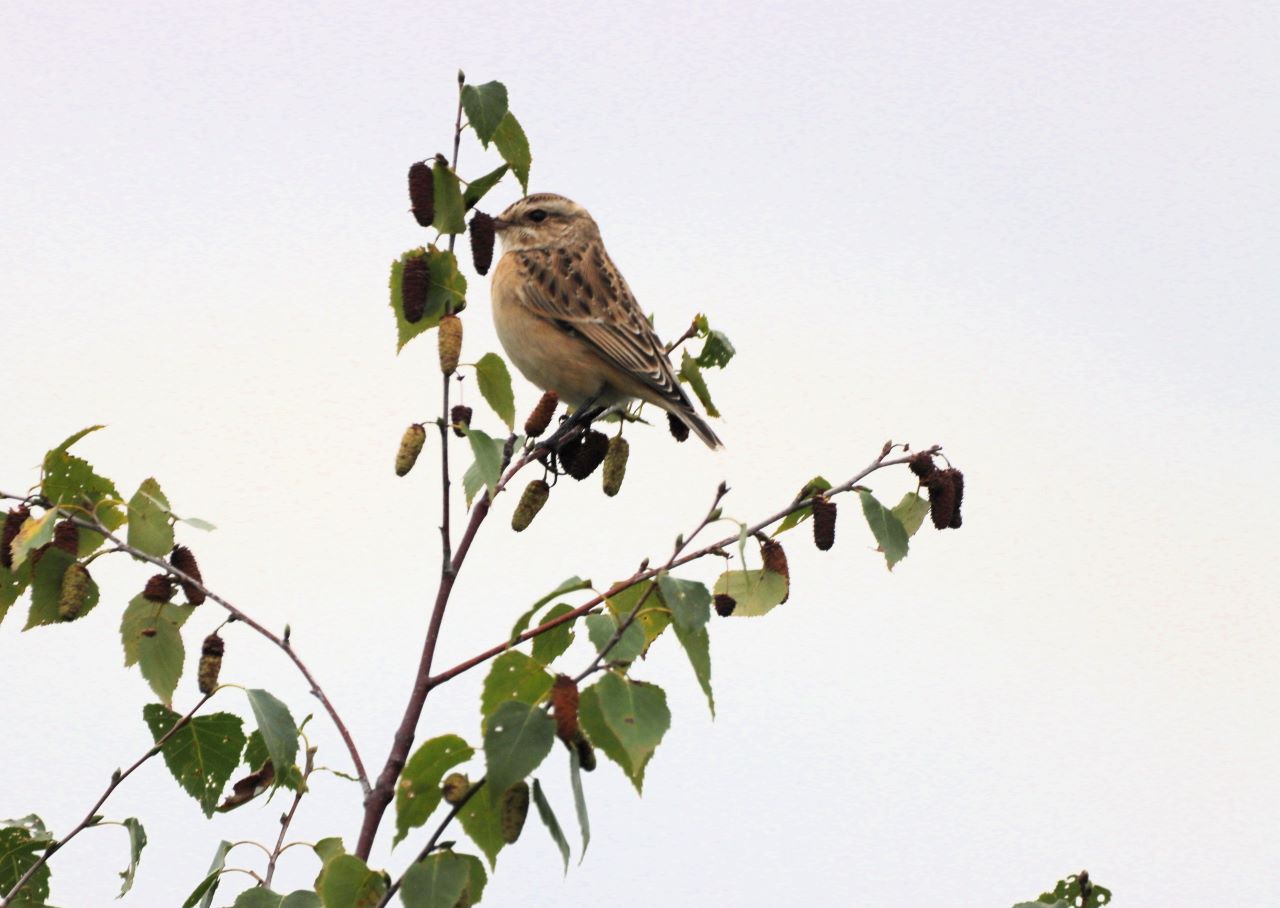
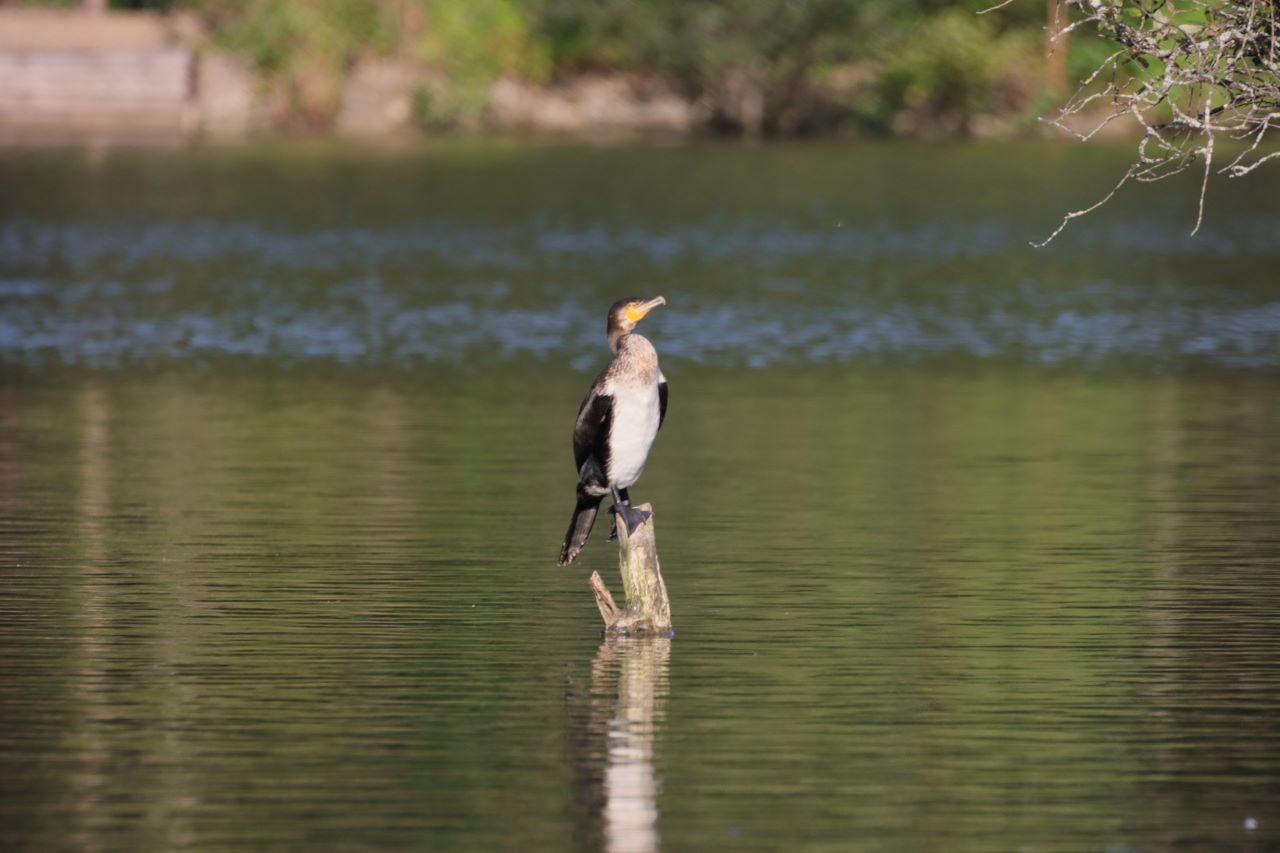


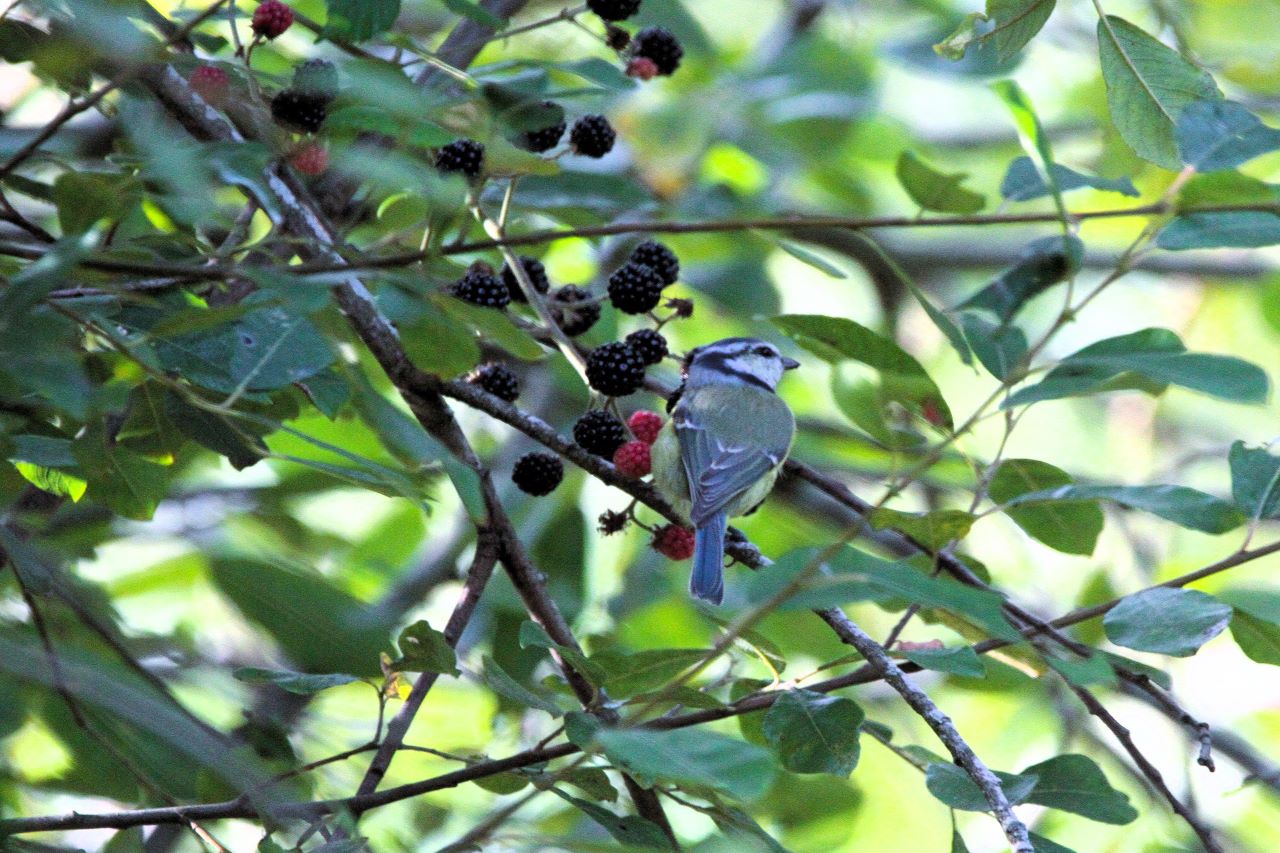

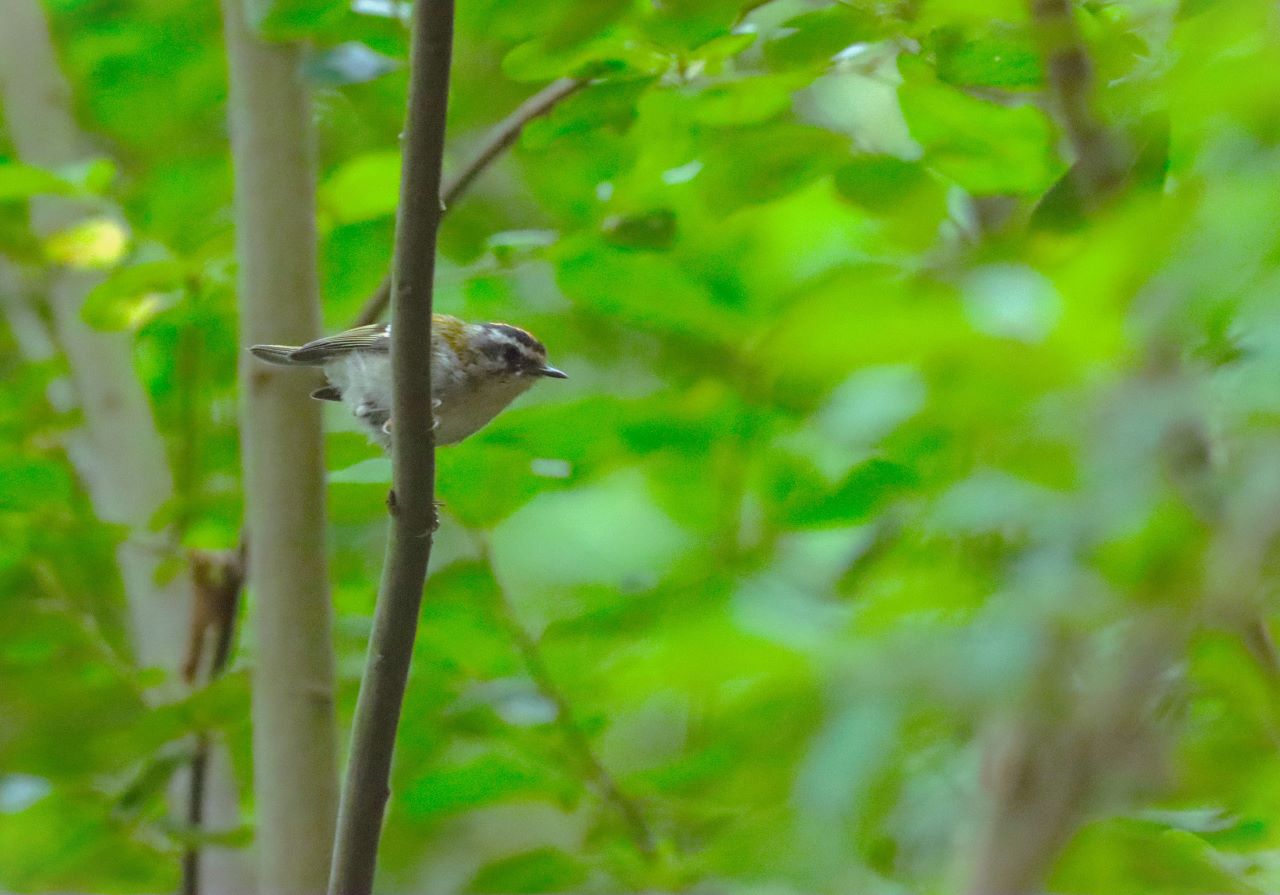







Recent Comments